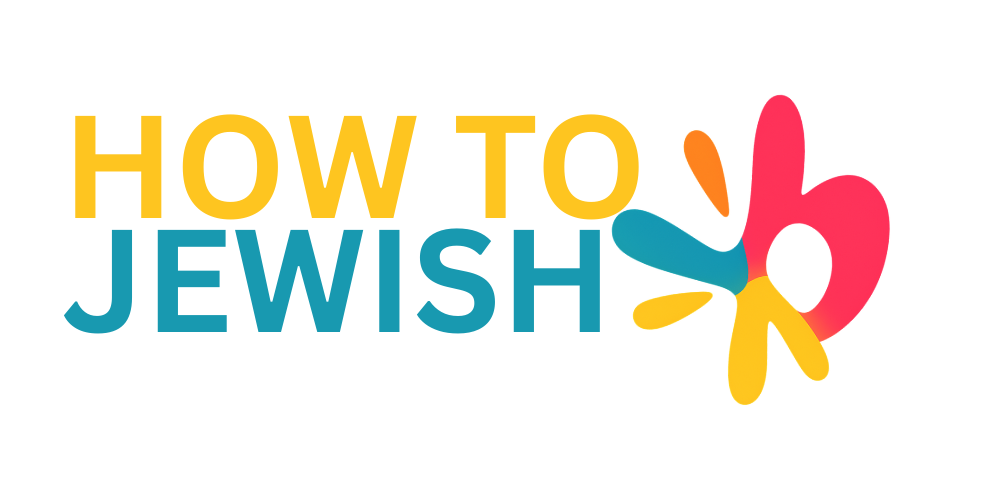Why Commentary Matters
The Torah and Talmud are deep texts, often written in brief or poetic language. Jewish commentators over the centuries have helped explain, clarify, and expand on these texts, making them accessible to each generation.
Rashi – The Master of Clarity
Rabbi Shlomo Yitzchaki (1040–1105), known as Rashi, is the most famous Torah and Talmud commentator. His explanations are usually the first ones studied, as he focuses on the straightforward meaning and brings in Midrash where helpful.
Rambam – The Systematic Thinker
Rabbi Moshe ben Maimon (1135–1204), known as the Rambam or Maimonides, wrote the Mishneh Torah, a comprehensive code of Jewish law, and the philosophical work “Guide for the Perplexed.” His works continue to influence halacha and Jewish thought to this day.
Other Notables
Other key figures include:
- Ramban (Nachmanides): A mystical and philosophical Torah commentator.
- Tosafot: Groups of medieval scholars who added critical commentary to the Talmud.
- Malbim, Ibn Ezra, Sforno: Known for their insights into peshat (simple meaning) and deeper symbolism.
Conclusion: Joining the Conversation
Studying Torah with commentaries brings the text to life. Through their words, we join a multigenerational conversation and see how Jewish wisdom continues to guide us today.




